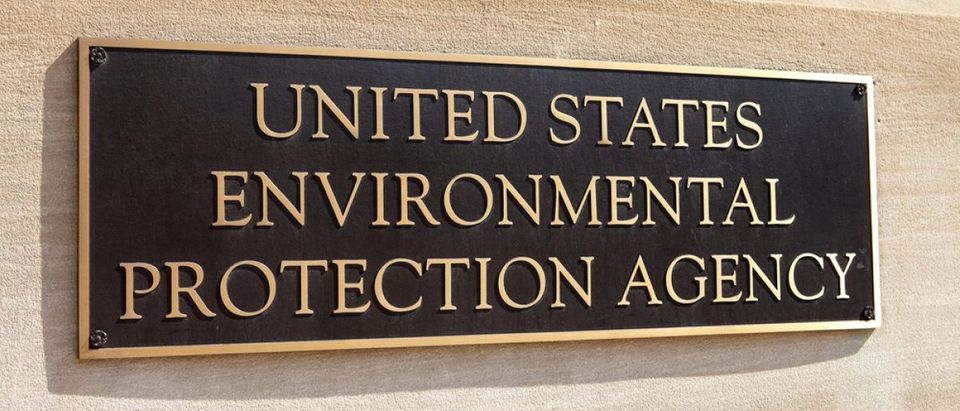When Congress passed the Clean Water and Clean Air Acts in the late 60s and early 70s, President Nixon established EPA to develop regulations aimed at protecting public health and the environment. President Carter followed by having wastewater treatment plants built throughout America to remove traces of pollutants before discharging wastewater into rivers and other water bodies.
Wastewater treatment plants operate on the same principle that drove Rachel Carson to organize the effort that led to EPA’s creation. In Silent Spring, she documented how DDT and other water insoluble chemicals are biomagnified up the food chain as they concentrate in the body fat of birds and other animals. Wastewater treatment plants remove trace amounts of these pollutants by concentrating them in the animal fats contained in sewage sludges, which collect in settling tanks.
The question was what to do with sewage sludge. It contains, at millions of times higher concentrations, all of the pollutants EPA strictly regulates in air and water. Since Congress passed Clean Air and Clean Water Acts, but no Clean Soil Act, EPA simply deregulated virtually all pollutants in sewage sludge and encouraged municipalities to reduce odors with lime and apply treated sewage sludges to any available land, from farms and forests to school playgrounds.
EPA’s only challenge was to explain how trace amounts of petrochemicals and other industrial wastes it strictly regulates in air and water become harmless when mixed with sewage sludge at far higher concentrations, and tons per acre of it are spread on land where animals graze and children play. The answer EPA’s Office of Water came up with was to fund research projects at land grant universities across the United States to “support the science and substance” of its 503 sludge rule, and “overcome misinformation spread by opponents.”
In April 2000, EPA Administrator Carol Browner presented me with the agency’s Science Achievement Award for Biology and Ecology for a study I published in Nature, which raised concerns about the sludge rule. It was the only EPA award chosen by outside scientists. As she presented the award, she paused to speak with me privately, and tell me how important my research was to EPA’s mission. Afterwards, EPA headquarters required that future recipients of this award be determined by EPA insiders.
EPA had just recently transferred me to the University of Georgia (UGA) Department of Marine Sciences pending termination for publishing a Nature commentary that was critical of the way EPA handles science in this and other areas. And, as if that were not enough, Reader’s Digest had just published photos of Administrator Browner and me in an article titled Weird Science at EPA, which quoted me as saying: “I have no faith in the agency or the character of its top leaders.”
My UGA appointment ended in 2008, when Nature published an editorial and news article supporting my research. It criticized EPA and UGA for publishing data that a federal judge determined were fudged to cover up links between cattle deaths and sewage sludges. The judge also cited EPA’s efforts to undermine my research at UGA.
In the wake of this latest negative publicity, UGA barred me from using its laboratories, and terminated my Visiting Scientist status. My department head testified under oath that UGA administrators warned him that the university is “dependent on this money…grant and contract money…money either from possible future EPA grants or [from] connections there might be between the waste-disposal community [and] members of faculty at the university.”
EPA uses this same approach of buying scientists and silencing its critics in every other area, including climate change. The tragedy is that EPA could actually solve environmental problems by working with industry to develop commercially attractive approaches to dealing with environmental problems. For example, sewage sludges can be converted into valuable soil amendments and cheap fertilizers using pyrolysis to destroy toxic chemicals, bind heavy metals to activated charcoal, and return carbon to the soil instead of adding it to the atmosphere.
Even doing nothing would have been better than diverting chemical wastes to wastewater treatment plants for land application. At least most toxic chemicals that entered rivers were carried away from human populations and ended up in trace amounts in sediments at the bottoms of oceans. Now, thanks to EPA and its body of fake science, they’re spread all around us on land at millions of times higher concentrations.
David L. Lewis, Ph.D., a former senior-level EPA Research Microbiologist, is the Research Director for the Focus for Health Foundation in Watchung, NJ.


